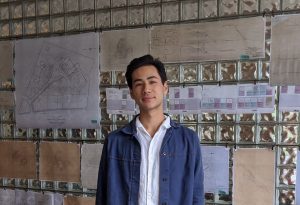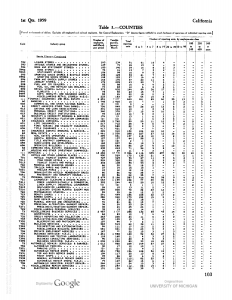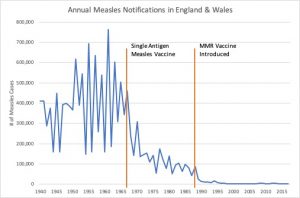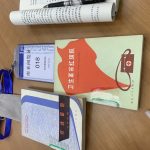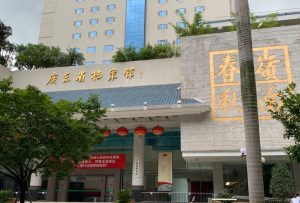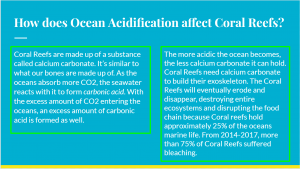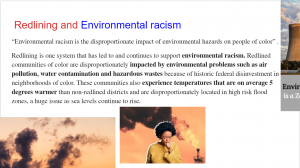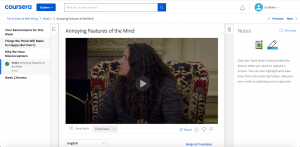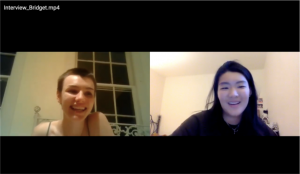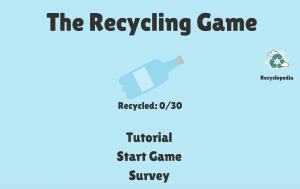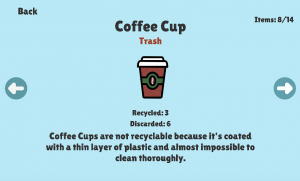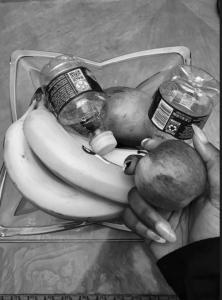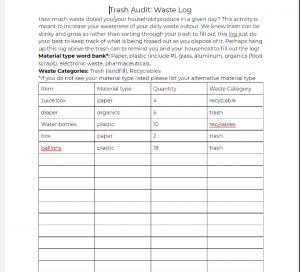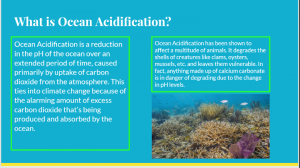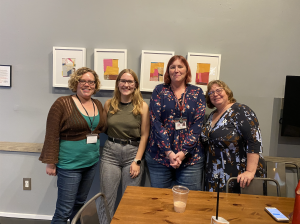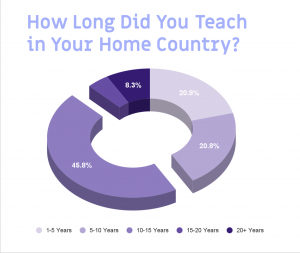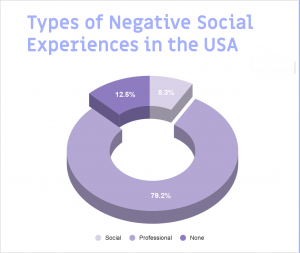In anticipation of the Olmsted bicentennial celebration in spring 2022, Professor Yvonne Elet and I are tracing the contributions of the preeminent Olmsted firm to the formation and development of the Vassar campus landscape. While Frederick Law Olmsted himself visited campus in 1868, the college periodically called upon the Olmsted firm for the next 65 years for their professional guidance in the ever expanding campus plan. As part of a larger project determining the collective Olmsted contributions to the Vassar Landscape over the years, this summer I embarked on a focused study of the work of Percival Gallagher, an Olmsted Brothers partner, who acted as consulting landscape architect from 1929-33.
Based on some 60 drawings from the Frederick Law Olmsted archive in Brookline MA, and extensive written materials collected from the Library of Congress and Vassar Special Collections, our study of Gallagher’s projects has required the collection, cataloguing, dating, cross referencing, and analyzing of this voluminous material. This research has not only indicated the effect Gallagher’s plans had on the rapidly developing terrain, but also has revealed the ways in which the still emerging professionalized field of landscape architecture related to a small somewhat insular institution such as Vassar. We are considering both where soil was moved, as well as how the bulldozer was directed.
As the inherent mutability of landscape makes it susceptible to perennial reimagination, a historical understanding of the campus situates our experience of present day landscape within a succession of visions. With this awareness, sites, paths, and topography all have greater meaning. Our work this summer, generously supported by the Ford Scholars program, will result in an exhibition on the Olmsted firm at Vassar, where much of Percy Gallagher’s work will be showcased. Caleb Mitchell.

